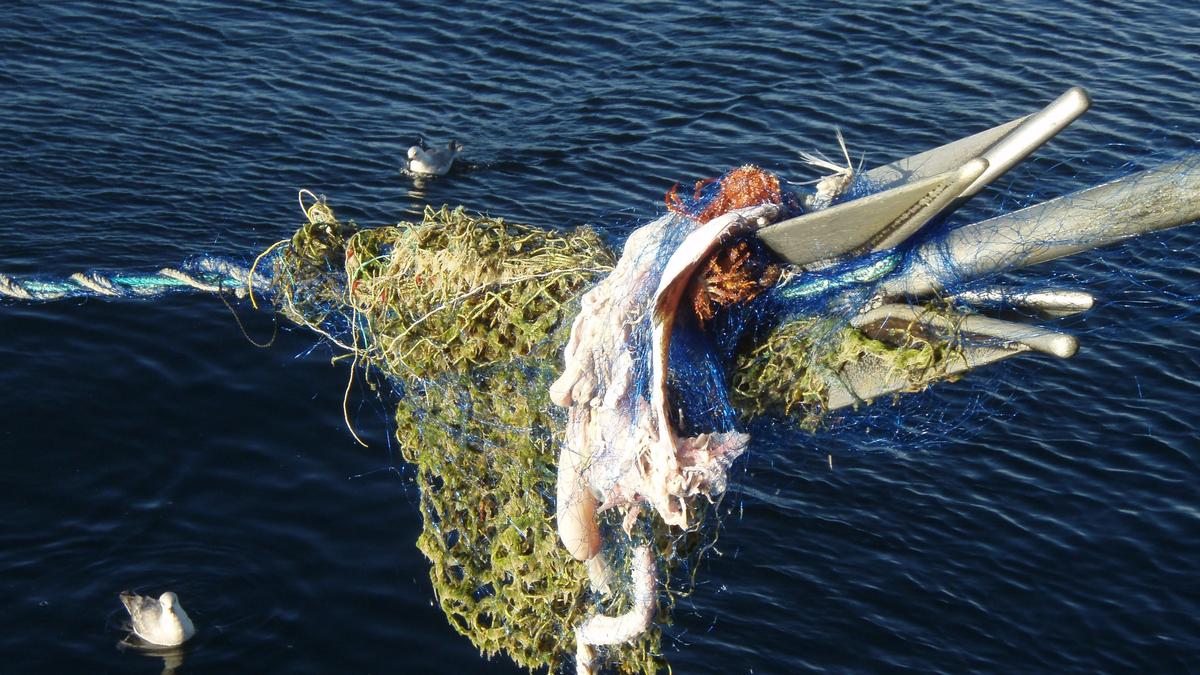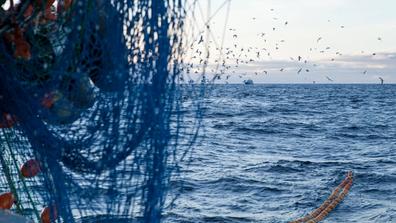Lost fishing equipment leads to marine litter, which in turn entails a risk of ghost fishing. Clean-up operations and preventive measures are being carried out nationally and internationally to eliminate the problem.

“Ghost equipment is the most harmful type of marine litter in the sea, primarily because the equipment has been purposefully designed to catch the creatures that live in the sea. Not only does it pose a danger to marine wildlife, it also affects available fish stocks worldwide,” says Joel Baziuk, Vice President of the Global Ghost Gear Initiative (GGGI).
Norway joined the Global Ghost Gear Initiative in 2019, a collaboration between the authorities, industry and organisations that work to resolve the issue of abandoned, lost or dumped fishing equipment.
“We collaborate with partner organisations from all over the world to collect data and information about loss of fishing equipment, causes and frequency. The information is added to the GGGI global data portal, the world’s largest collection of data relating to ghost equipment. GGGI’s global data portal is primarily an online tool designed to map multiple datasets from several contributors in one place to provide a global perspective on known data relating to hotspots for lost equipment,” Baziuk explains.
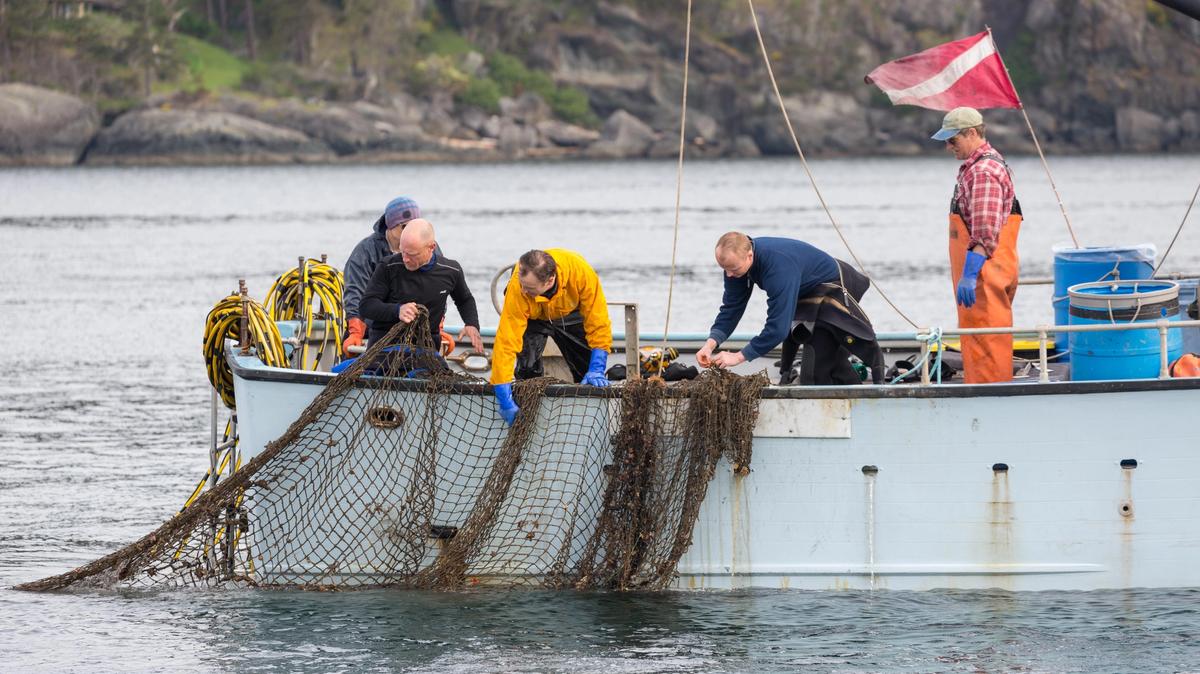
Uncertain scope
According to Baziuk, it is difficult to establish the scope of ghost equipment in the ocean.
“The truth is that we do not know for sure. In 2009, the UN estimated that 640,000 tonnes of equipment ends up in the sea each year, which corresponded to around 10 per cent of all marine litter at the time.” However, this was only a “best guess” based on the available information at the time and there was very little information to look at.
Recent studies from the last couple of years have, according to Baziuk, suggested that as much as 46-70 per cent of all macroplastics in the sea may originate from lost fishing equipment when measured by weight.
“While this absolutely indicates that the problem is significantly greater than 10 per cent of all marine waste, we cannot use these figures in relation to the entire ocean, as much more research is required in this field.” GGGI and others are working towards an attempt to revise this figure to something that is more up-to-date, but this work is still ongoing.
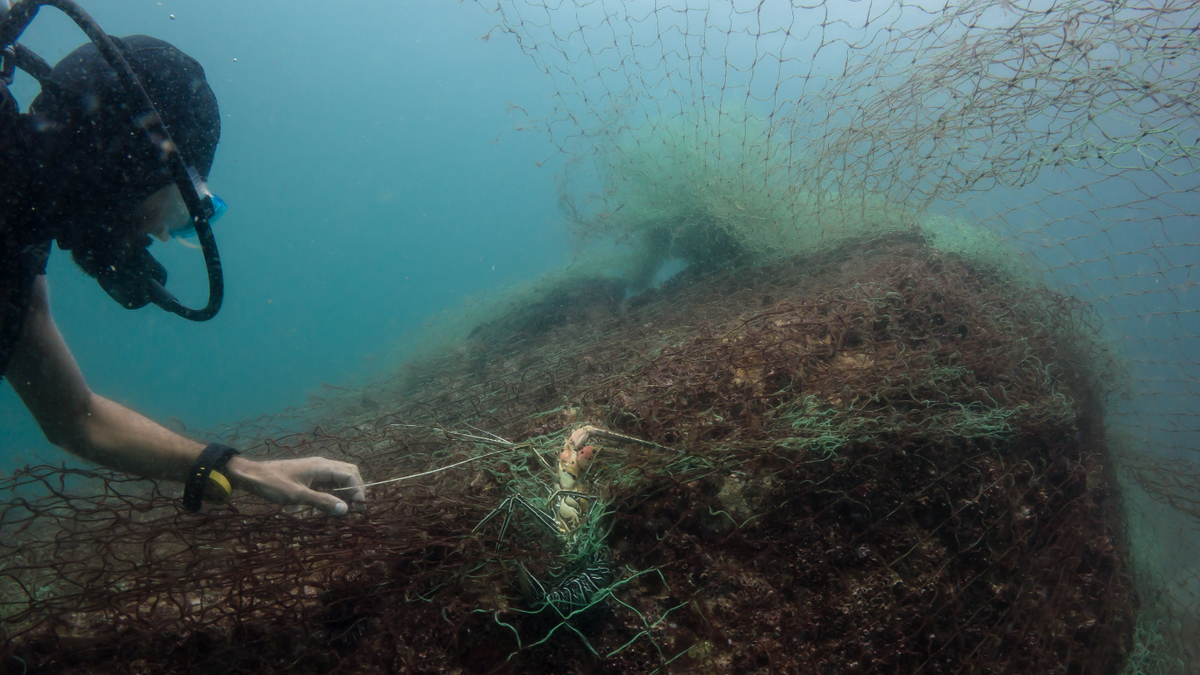
Preventive work
GGGI has developed the Best Practice Framework for Management of Fishing Gear (BPF), which can be implemented at all levels of the global seafood supply chain.
The organisation also collaborates with authorities worldwide and provides recommendations as to how they can implement best practices in relevant fisheries management policies.
“When equipment is lost, it can be difficult and expensive to retrieve and restore. The best way to solve this problem is to identify ways in which to prevent equipment from being lost in the first place.” This could include new technology, equipment redesign, distribution of fishing activities and so on. Most of these recommendations have been described in the GGGI Best Practice Framework for Management of Fishing Gear.
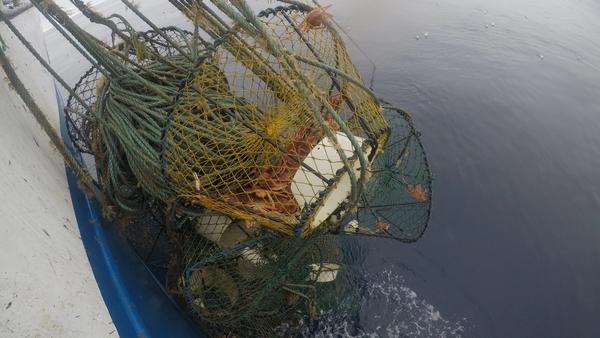
In the Svalbard zone, which is the northernmost zone in which the Norwegian Directorate of Fisheries has conducted its clean-up mission, as many as 1,200 snow crab fishpots and 50,000 metres of rope were retrieved.
“Fishing in such vulnerable areas also requires fishermen to be extra-careful when it comes to the loss of fishing equipment that leads to marine litter and ghost fishing. There is a need for improvement here,” explains Gjermund Langedal, Senior Adviser and head of the mission at the Norwegian Directorate of Fisheries.
Annual clean-up missions in Norway
Ever since 1983, the Norwegian Directorate of Fisheries hasbeen conducting annual recovery missions for lost fishing equipment on the seabed. Since then, more than 1,000 tonnes of various items of fishing equipment and more than 22,000 nets have been retrieved. Norway is also considering introducing manufacturer responsibility as a new tool to help reduce marine litter originating from fishing vessels in particular.
The 2019 clean-up mission had a duration of five weeks and finished in Ålesund.
On current measure: Fishpots must be labelled
In Norway, each vessel is permitted to use up to 12,000 fishpots when fishing for snow crab, but these must also be brought home when the fishing season closes for the summer. The regulations relating to the reporting of lost equipment are clear.
“Lost fishing equipment must be reported to the Norwegian Coast Guard, but several links that had not been reported lost have now been retrieved. The fishpot links must be labelled at both ends and on the fishpots themselves, but none of those retrieved have been labelled in this way. Fishpots that have been abandoned for two years still appear to catch fish just as well. This is poor resource management, as well as being unethical,” says Langedal.
In the near future, it will be just as normal to label your fishing equipment as it is to have a numberplate on your car.
The current labelling requirements relating to the fishpots at the end of the links are a temporary and simple solution. In collaboration with the Norwegian Directorate of Fisheries, SINTEF is in the process of looking at technical solutions for labelling.
“In the near future, it will be just as normal to label your fishing equipment as it is to have a numberplate on your car,” says Langedal.
According to the Norwegian Directorate of Fisheries, the testing of degradable solutions for snow crab fishing is also under way.
“The experiences gained from this mission demonstrate the urgency of the matter. Canada has implemented such a solution, but the fishing season is not comparable. The Norwegian Institute of Marine Research is trialling various solutions that have been adapted to the Norwegian fishing season,” Langedal explains.


